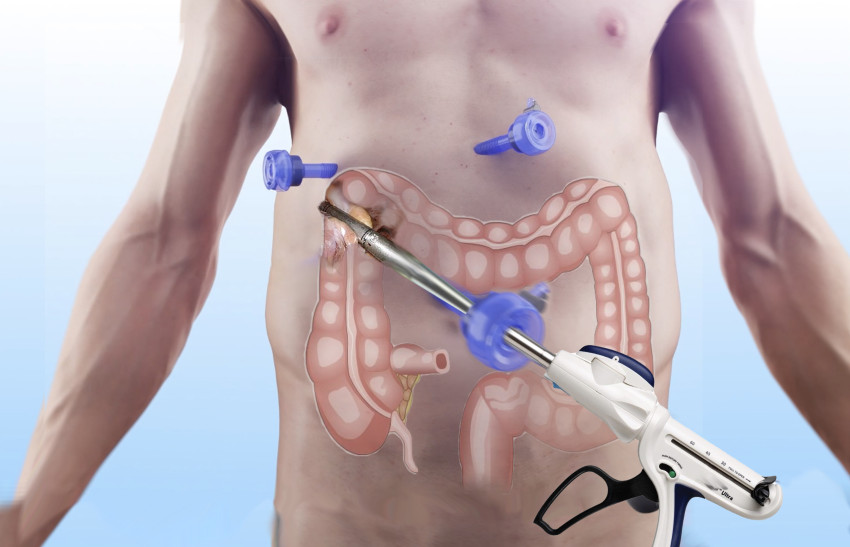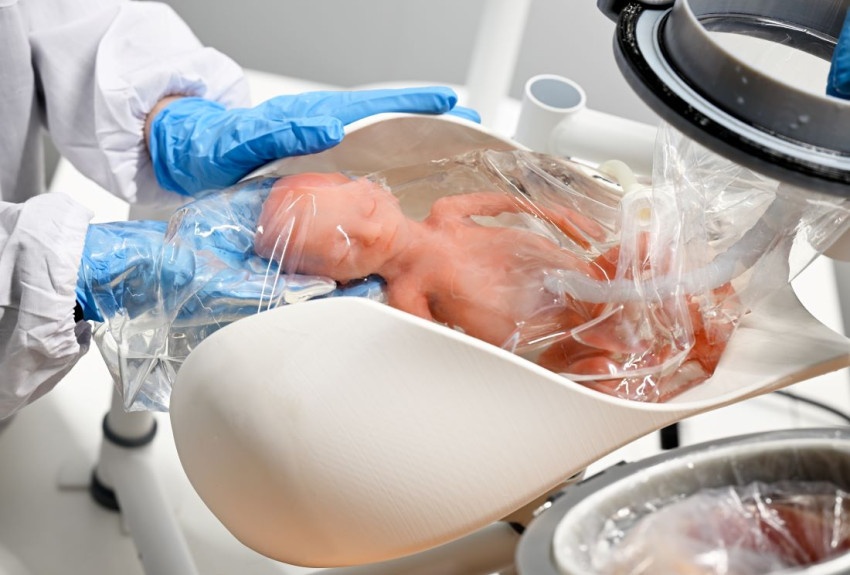
Predictive traffic lights in Helmond
Predictive traffic lights have been introduced at two intersections in the centre of Helmond. Approaching traffic determines who gets the green light first, reducing waiting times by 20%.
Current advanced traffic lights use loops in the road just before the intersection to determine who is given priority. In practice, this means checking whether a vehicle is waiting somewhere. 'What we want is to control lights when vehicles are approaching them,' says Jeroen Brouwer from engineering firm Sweco.
The system will now be in operation at two intersections in the centre of Helmond. 'We are still using the loop data, but the data of approaching traffic will be much more important.'
Data from apps
The system receives this data via services such as Flitsmeister, the app used by lots of Dutch motorists for traffic reports. 'We only get anonymous data about vehicles approaching the intersection from some 500 metres away. Because these vehicles use different apps, we also know whether the data originates from a heavy truck or bus used for public transport.'
All this data is fed into a traffic model that regulates the traffic lights to optimise flows. 'According to simulations, we can reduce the total waiting time at both intersections by more than 20%.'
Ambulances have priority
The model also makes it possible to give certain types of vehicles priority. 'The road authority is in charge. In Helmond, that is the municipality. Emergency services always get priority, and public transport gets preferential treatment.'
The system can also use data from bicycle apps. 'Cyclists will then also be incorporated in the traffic model.'
Mobile without mobile
The system only works if all road users whose apps supply data actually have these apps enabled, while on the other hand there are campaigns against using mobile phones in traffic. 'Flitsmeister also works when people aren’t reading their emails or WhatsApp messages, and we’re getting enough data for the time being.'
Brouwer sees the use of the apps as a transitional phase. 'It won’t be long before cars and bicycles are fitted with chips that will communicate with each other: the Talking Traffic system.'
Intersection without traffic lights
Even further into the future, Brouwer predicts that a vehicle will request a ‘passage slot’ when approaching an intersection, in other words a time when the car or bicycle can cross a junction without colliding with other vehicles. 'By that time, we won’t need any traffic lights at all.'
If you found this article interesting, subscribe for free to our weekly newsletter!






